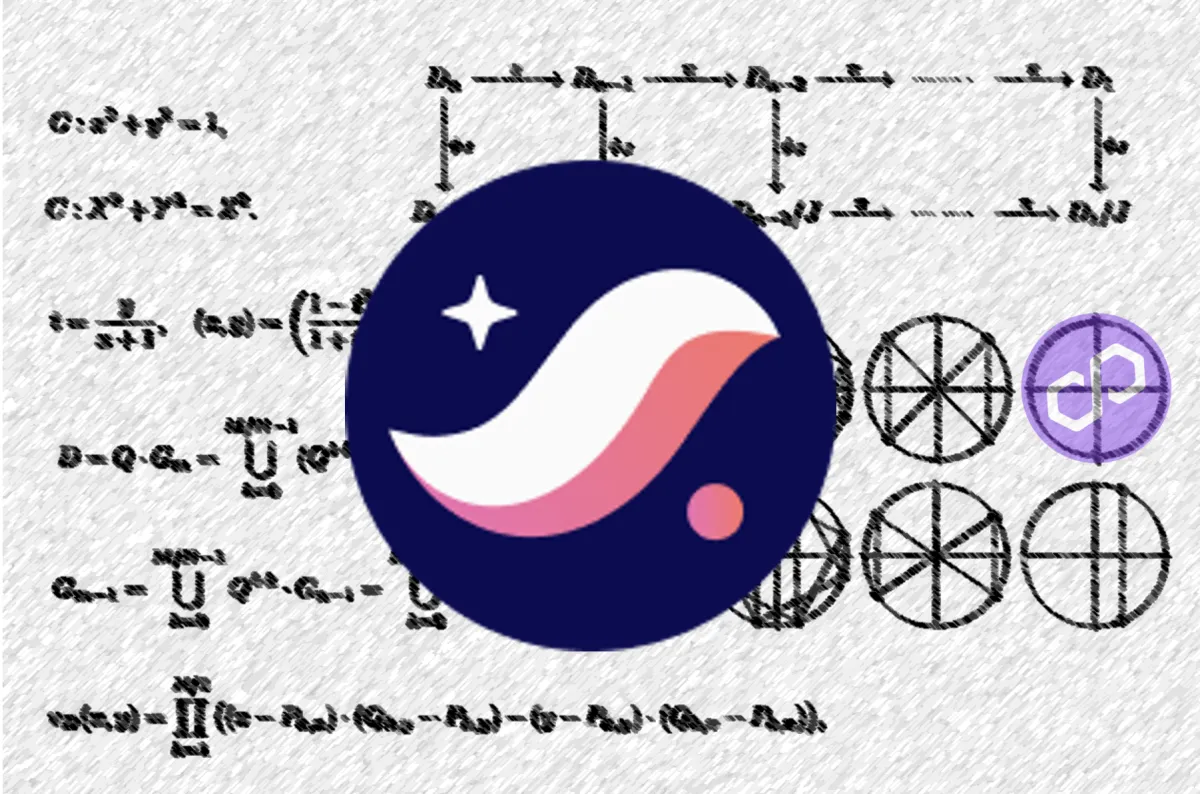
StarkWare, the developer of the Ethereum scaling network Starknet, agreed to revise its STRK token's unlocking schedule. The project has seen a backlash from the crypto community following its controversial token airdrop.
Amid Starknet's STRK token manipulations, the actual development remained in the shade. Meanwhile, Polygon Labs, in collaboration with StarkWare, has unveiled a new technology named 'Circle STARKs', which is poised to significantly enhance the efficiency of the proving process for zero-knowledge rollups. This innovation promises to bolster throughput and transaction speed on Layer 2 networks.
While the precise launch date for Circle STARKs is yet to be announced, the Polygon team has already released a white paper detailing the theory behind this advanced technology.
In the context of Polygon and Starknet, their Layer 2 networks submit “validity proofs” to the main Ethereum blockchain. A validity proof is a transaction verification method designed to confirm the accuracy of transactions without disclosing the underlying data. They play a pivotal role in the functioning of zero-knowledge rollups, a technology where one party can convincingly demonstrate the truth of a statement to another party without revealing any information other than the statement’s truthfulness.
The introduction of Circle STARKs is set to revolutionize the processing of proofs by significantly expediting them. Brendan Farmer, co-founder of Polygon, anticipates a substantial improvement in proof generation speed, potentially enhancing it by seven to ten times.
The collaboration between Polygon Labs and StarkWare, traditionally competitors, marks a perhaps surprising strategic alliance. However, despite Polygon’s focus on developing its Polygon zkEVM and StarkWare’s efforts on Starknet, their joint venture in enhancing STARK technology represents a convergence of interests and expertise.
The Ethereum Layer 2 ecosystem has seen remarkable growth throughout 2023 and into the early part of 2024, with approximately $28 billion currently locked across around 40 Layer 2 networks. This expansion includes anticipation for several new networks, such as Blast, which has already secured over $1 billion in TVL.
Arbitrum currently leads the Ethereum's Layer 2 space with over $12.5 billion in TVL while Starknet is currently in fourth place ($1.31 billion in TVL). Polygon’s zkEVM, though smaller in comparison with a TVL of $14.8 million, remains a crucial player in this evolving landscape.
Considering the enthusiasm, innovation in this field seems set to further expand. Yet, it is particularly gratifying to observe that certain groups prefer collaboration to competition, aiming to advance technology for the public good.

